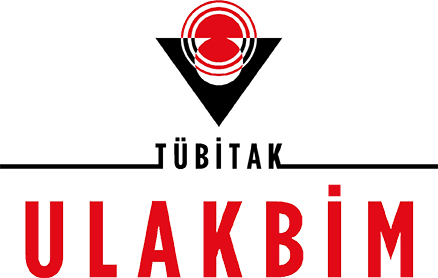Aralık 2015
- Ana Sayfa
- Sayılar
- Aralık 2015
- Buried bumper sendromunun Savary-Gilliard bujisi ile tedavisi
Aralık 2015 / (23 - 3)
Buried bumper sendromunun Savary-Gilliard bujisi ile tedavisi
Sayfa Numaraları
82-83
Yazarlar
Şehmus ÖLMEZ1, Bünyamin SARITAŞ2, Mesut AYDIN1, Ergin TURGUT3
Kurumlar
Departments of 1Gastroenterology, 3Internal Medicine, Yüzüncü Yıl University, School of Medicine, Van
Department of 2Gastroentrology, Medical Park Hospital, Elazığ
Özet
Perkütan endoskopik gastrostomi, normal bağırsak fonksiyonları olan, ancak
değişik nedenlerle yutamayan hastalarda uzun dönemli beslenmeyi sağlamada
etkin ve güvenilir bir yöntemdir. Bazı hastalarda gastrostomi tüpünün
mide duvarı içine ilerlemesi sonucu nadir görülen bir komplikasyon olan
buried bumper sendromu görülebilir. Burada buried bumper sendromu olan
ve Savary-Gilliard bujisi ile başarılı bir şekilde tedavi edilen bir hastayı sunacağız.
Anahtar Kelimeler
Buried bumper sendromu, Savary-Gilliard dilatatör
Giriş
Percutaneous endoscopic gastrostomy (PEG) is a safe and
effective method for providing long term enteral nutrition
in patients who cannot swallow, but who have intact gut
function (1,2). A complication of migration of the internal
bumper into the gastric or abdominal wall is called ‘‘buried
bumper syndrome’’ and was described (BBS) by Klein et al
(3). Surgical and endoscopic treatments are performed to
treat BBS. Although, endoscopic techniques vary, treatment
with Savary-Gilliard dilator (SGD) is a rarely used method
(4,5). Here we report a case of buried bumper syndrome successfully
treated with SGD, which included the placement of
a new PEG tube
Olgu
BBS is a rare, serious, and late complication of PEG insertion,
with a prevalence ranging from 0.3% to 2.4% (4). Several
endoscopic treatment options may be used for BBS, but there
is no standardized method. Endoscopic treatment should be
used in high risk patients. We think that endoscopic treatment
with SGD is an easily applicable, effective and safe
method for the removal of a PEG tube
Tartışma
BBS is a rare, serious, and late complication of PEG insertion,
with a prevalence ranging from 0.3% to 2.4% (4). Several
endoscopic treatment options may be used for BBS, but there
is no standardized method. Endoscopic treatment should be
used in high risk patients. We think that endoscopic treatment
with SGD is an easily applicable, effective and safe
method for the removal of a PEG tube
Kaynaklar
1. Larson DE, Burton DD, Schroeder KW, DiMagno EP. Percutaneous endoscopic
gastrostomy: indications, success, complications, and mortality
in 314 consecutive patients. Gastroenterology 1987;93:48-52.
2. Nicholson FB, Korman MG, Richardson MA. Percutaneous endoscopic
gastrostomy: a review of indications, complications and outcome. J Gastroenterol
Hepatol 2000;15:21-5.
3. Klein S, Heare BR, Soloway RD. The ‘‘buried bumper syndrome’’: a complication
of percutaneous endoscopic gastrostomy. Am J Gastroenterol
1990;85:448-51. 4. Lee TH, Lin JT. Clinical manifestations and management of buried
bumper syndrome in patients with percutaneous endoscopic gastrostomy.
Gastrointest Endosc 2008;68:580-4.
5. Rieder B, Pfeiffer A. Treatment of the Buried Bumper Syndrome using a
Savary Dilator. Endoscopy 2008;40(Suppl 2):E115.



